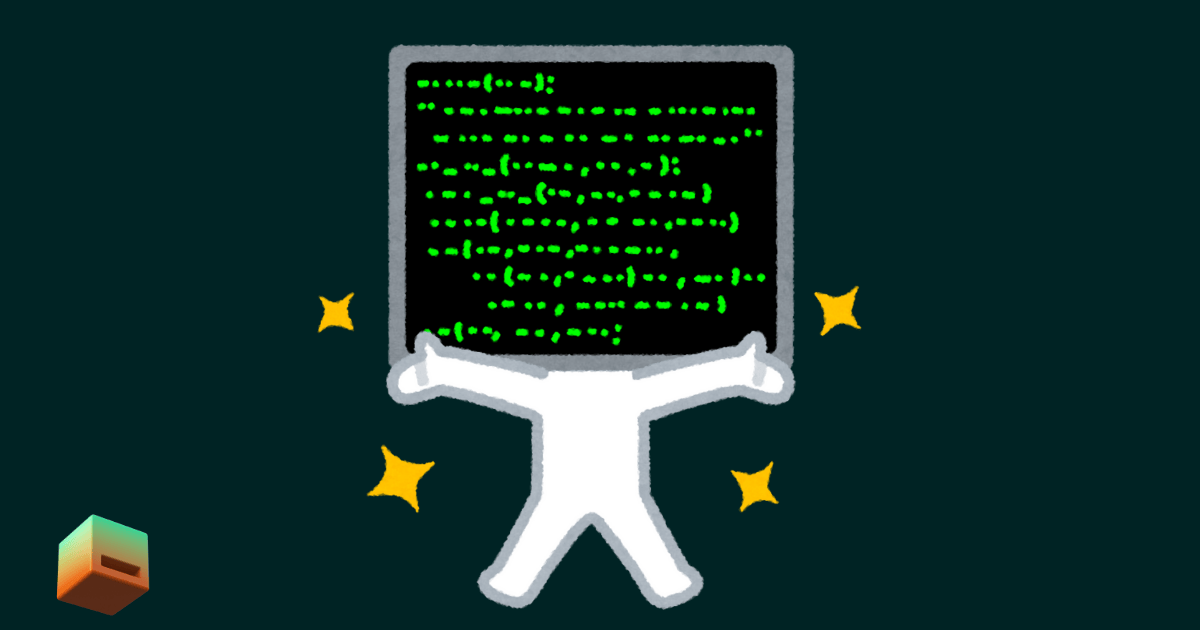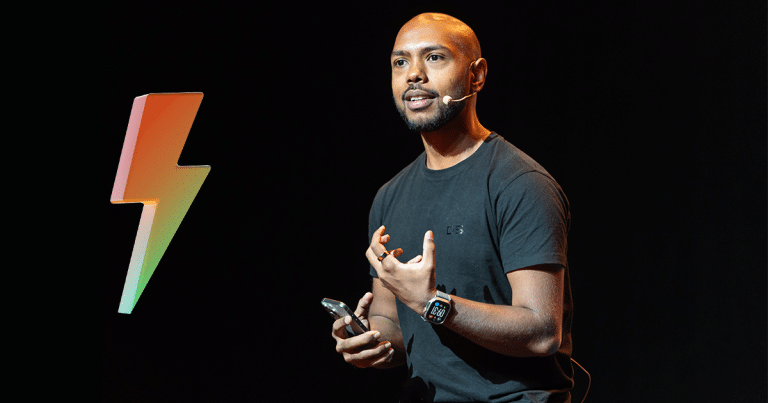The Illusion of Vibe Coding: There Are No Shortcuts to Mastery


Prompts replace code, and large language models generate entire systems in seconds. But beneath this shiny surface lies a subtle and critical concern: the erosion of understanding—the deep, often painful process of learning and reasoning that underpins real software engineering.
The Value Is in the Journey
In software engineering, the final artifact – an application, a service, or a system – is important. But equally, if not more, important is how we get there.
The process of writing, debugging, and refactoring code, often discarding partial solutions along the way, is not just mechanical work. It’s cognitive training. It teaches us how things fit together. It’s through this very struggle that we build confidence in our understanding and acquire the mental models necessary to work with complexity.
Just Like Learning Math
This is similar to how we learn mathematics. Math isn’t something we truly grasp by reading about it or watching others solve problems. We become good at it through practice—solving problems ourselves, making mistakes, and trying again. That’s what makes the knowledge ours. Most students can’t just absorb math passively; they earn it through effort. Software engineering is no different.
The Illusion of Vibe Coding
We’re now seeing a shift toward what some call vibe coding – describing what we want in natural language and letting AI generate the code. While this can be productive in some contexts, it’s also dangerously seductive.
When we outsource not just the typing but the thinking to AI, we lose the context of our code. We skip over the struggle, and with it, the understanding. The result might work, but it might also be a black box, brittle and opaque. That’s not engineering. That’s hoping.
While this can be a useful productivity tool for seasoned developers who already understand the tradeoffs, it’s risky for those still learning. Without the hours spent wrestling with logic, debugging errors, and learning how and why things work, new engineers may appear productive but lack the depth to adapt, fix, or design well when it matters.
It’s Not the Same as Replacing Assembly
Some argue that AI-assisted development is no different than the shift from assembly language to higher-level languages. But the analogy doesn’t hold.
Yes, higher-level languages made development faster. But more importantly, they made code more understandable by humans. That was the real innovation. The best languages and tools we’ve invented aren’t just about expressing ideas to a machine; they’re about communicating those ideas to each other in an effective way.
This is why principles like “clean code,” naming conventions, documentation, and architectural clarity matter. Machines will run anything syntactically valid. But humans need code they can reason about, debug, and improve. We write software not just for execution, but for collaboration and maintenance, both of which require comprehension.
No Shortcuts to Mastery
Newcomers to software engineering should not be encouraged to skip the hard parts. Instead, they should embrace them. They should practice building ideas from scratch, experiment, write code, break things, and learn to debug. Reading other people’s code is as important as writing your own. This is how you develop a sense for what makes code good or bad, elegant or fragile.
AI can absolutely assist in this process—explaining unfamiliar concepts, generating boilerplate, or summarizing documentation. But it should not be used as a substitute for thinking. There are no real shortcuts to mastery. What looks like speed today may become a bottleneck tomorrow when something breaks and no one understands why.
Responsibility and Trust
Then comes the deeper issue—responsibility and trust. When AI generates critical software, who is accountable for the result?
Imagine a half-billion-dollar rocket guided by AI-generated code. Or a commercial airplane. Or an autonomous vehicle. If something goes wrong, if a bug causes a crash, can we blame the AI? Of course not. Responsibility still lies with humans. But here’s the problem: can we trust AI-generated code in systems where failure is not an option?
Even if we say “it must be reviewed,” that’s not a silver bullet. Any experienced engineer knows that reviewing a pull request with hundreds of autogenerated files takes more time, and often more mental energy, than writing the code in the first place. And if we shortcut that with AI-powered reviews, we’re right back where we started: trusting machines to verify machines.
Trust in software isn’t just about whether it runs. It’s about whether we understand it well enough to take responsibility for it. And if no one can honestly say “I know how this works,” then we’ve built a liability, not a system.
Why Companies Still Want Engineers
You’ve probably heard CEOs declare that “AI will write most of our software in the future.” In some organizations, this is already happening because of smart autocomplete a.k.a. Copilot.
But listen carefully to what they’re not saying. They aren’t saying AI will replace software engineers.
That’s because they know something fundamental: they cannot afford to lose the knowledge, responsibility, and trust that their software and systems depend on. Behind every AI-generated solution must still be a human mind accountable for its correctness, maintainability, and integrity. For that, the role of the software engineer and their expertise remains indispensable.
Augmentation, Not Abdication
AI has a powerful role to play in the future of software engineering—but it should be a partner, not a proxy. It should extend our ability to reason, not replace it.
The future shouldn’t be about turning engineers into prompt typists. It should be about enabling deeper design thinking, faster exploration, and smarter decision-making. True engineering isn’t just about writing working code—it’s about building systems we understand, can evolve, and can trust.



